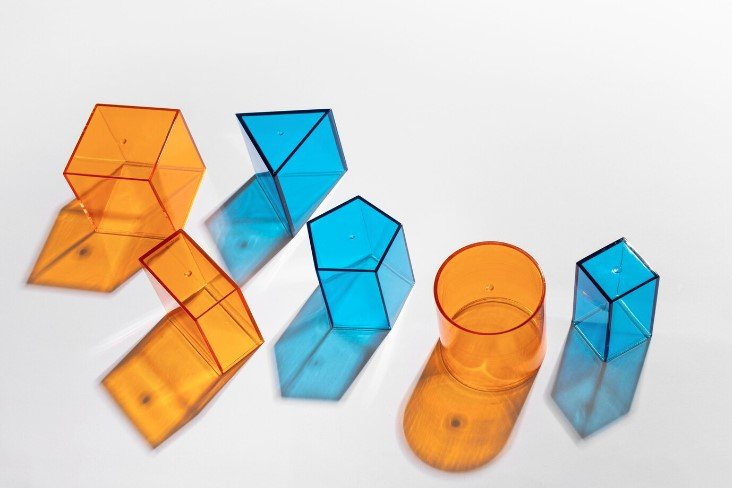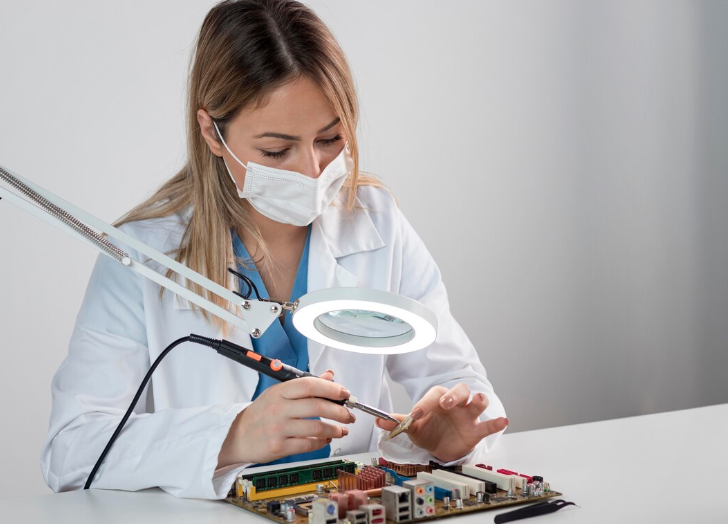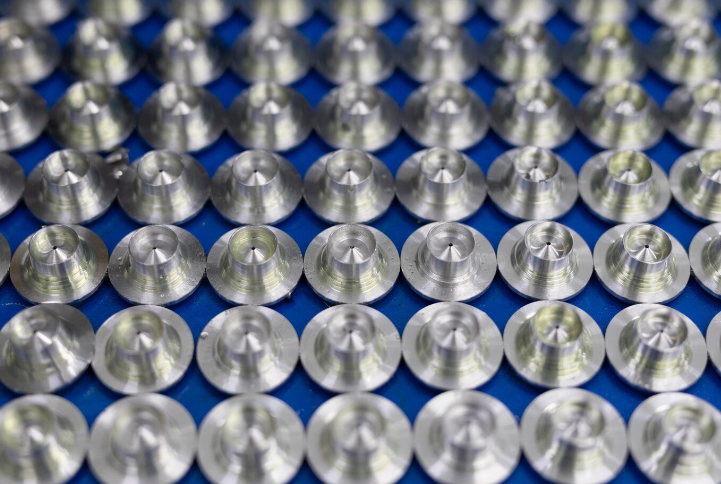Precious and Transition Elements in Plating | Advint Incorporated
This is the second year of short papers release. Last year, Advint released papers on cyanide ions, properties and behaviours of anions, trends within the groups and periods of the periodic table, electroless Ni and current distribution (primary and secondary), quality and management. A year ago, I wrote about electrode potential and electromotive force (emf). As an example, nickel and gold possess distinct electrode potentials, and so are their deposition mechanisms.
Reel-to-Reel Plating
Electronic industry regularly uses gold, tin, palladium, palladium/nickel and copper on a continuous reel-to-reel plating application. Similar to gold, tin and indium possess comparable properties and advantages. Tin, silver, copper, indium, and gold all possess good conductive property. Indium, a precious metal, we primarily use as an alloying material in plating applications, though they use it as a deposit by itself (without alloying element).
Palladium and nickel are neighbors in the periodic table. We consider palladium to be a precious metal and it also possess properties comparable with nickel. It is broadly used in electronics and jewelry industries. On many applications, palladium or palladium/nickel acts as a good undercoat (an intermediate layer). Palladium/nickel deposit is recognized for its cosmetics, and wear and corrosion resistance properties. The ratio of palladium and nickel in the deposit varies between 80 and 20 to 95 and 5, respectively. Palladium also gained prominence because of nickel release and nickel allergic properties. Upsurge in dominance of palladium is apparent when we look at the price of the metal in the market (today’s value – ~ USD 2213 per troy ounce).
Plating on Plastics (PoP)
The demand for nickel on other hand is rapidly growing in the automotive industry, particularly in plating on plastics applications. The wide acceptability of nickel is because of its refractory properties, though it does not belong to elements of the refractory group (periodic table). Nickel release and its allergic properties are an issue in certain demographics and on applications such as eyeglass frame, earring, necklace, ring, bracelet.
On PoP applications, plastic substrate preparation using a colloidal catalyst is one of the most important steps. On acrylonitrile butadiene styrene (ABS) plastics, it follows preparation of the substrate with electrolytic copper, nickel and chromium deposits. Among Ni use, electroless Ni is gaining wider acceptance in recent decades. The industry also now replaces hexavalent Cr with trivalent chromium.
Electrode potentials are distinct between hexavalent and trivalent Cr plating applications. The trend is the same on other metals such as Ni, Au, Sn, In, Cu and Pd. The properties are distinct not only because of electrode potentials but also because of transportation of ions and ionic mobility. Similar to chromium, ionic mobility of electrolytes of electro-polishing and anodizing are also less. This is one reason these require a very high DC voltage from the rectifier during processing. Note: A paper on rectifier is coming soon.
Summary
Different metals deposition mechanisms vary because of their electrode potentials and other properties like ionic mobility and concentration of metal ions.
Among many elements of reel-to-reel plating and PoP applications reviewed in this paper, Pd is used on both applications, and has gained significant recognition in the recent decades.
The recognition goes beyond plating applications.
You may like also
Copper Electrowinning: Advanced Rectifier Systems and Power Supplies

Posted By:Venkat Raja
Feb 01, 2020
Tags:







